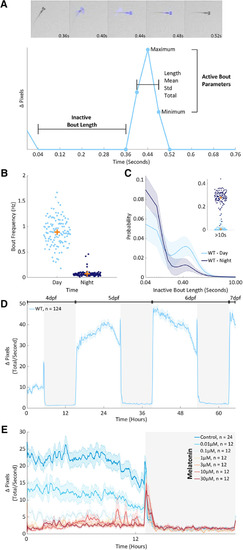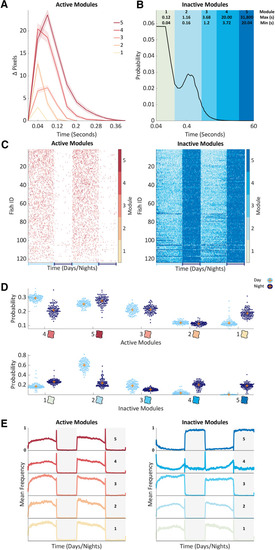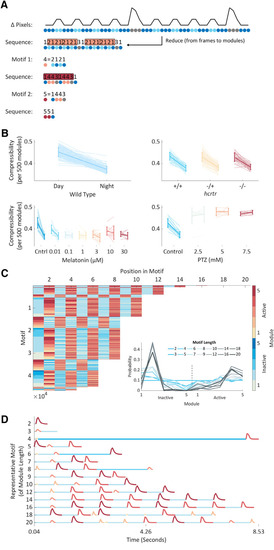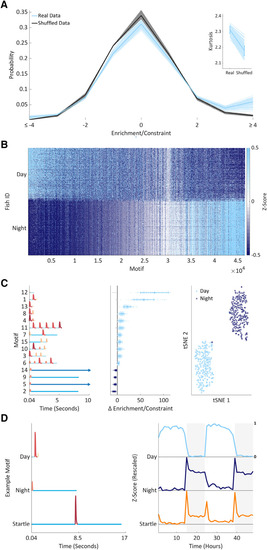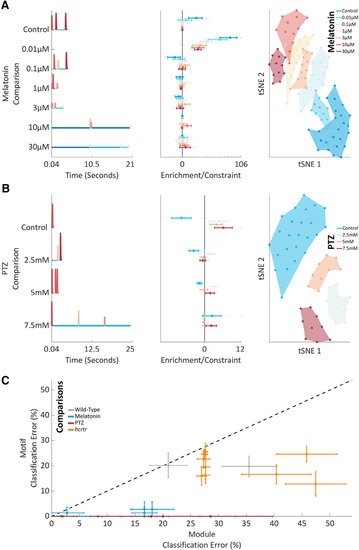- Title
-
Hierarchical Compression Reveals Sub-Second to Day-Long Structure in Larval Zebrafish Behavior
- Authors
- Ghosh, M., Rihel, J.
- Source
- Full text @ eNeuro
|
Behavior at scale. |
|
Unsupervised learning identifies contextual behavioral modules. |
|
Hierarchical compression reveals structure in zebrafish behavior. |
|
Supervised learning identifies contextual behavioral motifs. |
|
Pharmacological behavioral motifs. |

